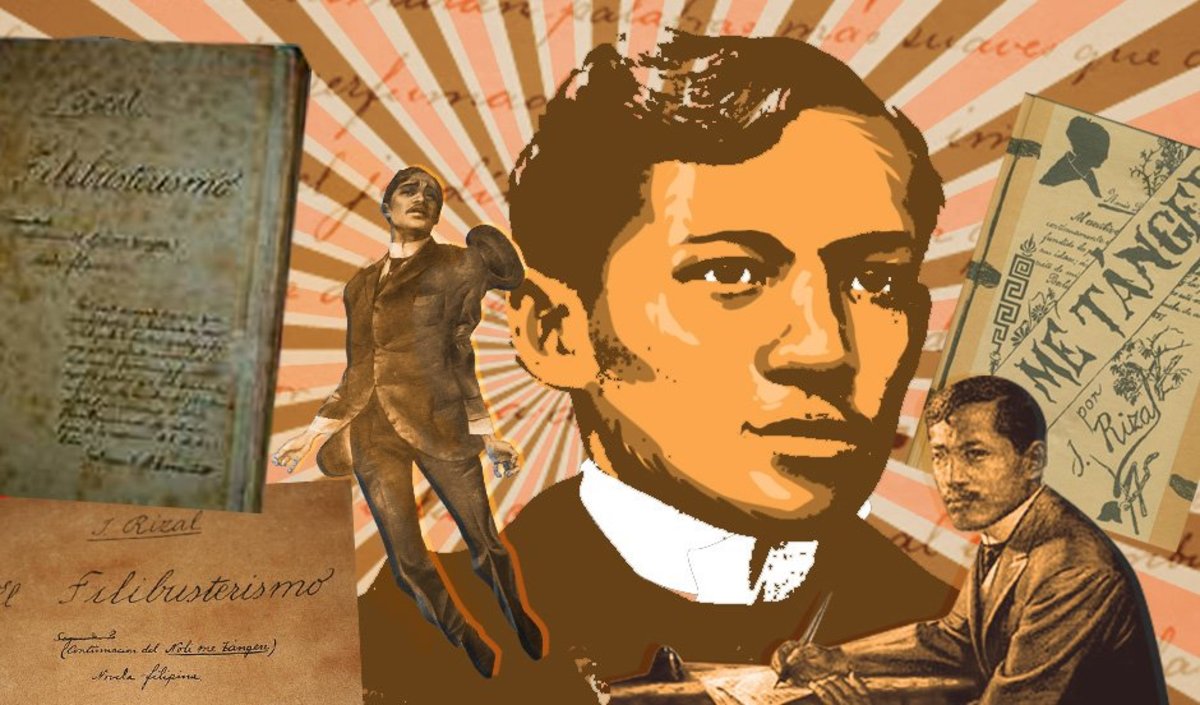
“Noli Me Tángere”: A Pivotal Work in Philippine Literature
admin
- 0
kfoodfair2015.com – José Rizal, a Filipino nationalist and polymath, is widely regarded as one of the greatest heroes of the Philippines. Among his numerous contributions to literature, science, and politics, his novel “Noli Me Tángere” stands out as a seminal work that played a pivotal role in the Philippine Revolution against Spanish colonial rule. First published in Berlin in 1887, this novel is considered the first modern Philippine novel and has since become a cornerstone of Filipino literature.
The Historical Context of “Noli Me Tángere”
To fully appreciate the impact of “Noli Me Tángere,” it is essential to understand the historical context in which it was written. During the late 19th century, the Philippines was under Spanish colonial rule, a period marked by widespread corruption, injustice, and abuse of power. Rizal, who was a trained ophthalmologist and had studied in Europe, was deeply troubled by the plight of his countrymen and the injustices perpetrated by the Spanish colonial government and the Catholic Church.
The Plot and Characters of “Noli Me Tángere”
“Noli Me Tángere” is a socio-political novel that uses allegory and symbolism to critique the abuses of the Spanish colonial government and the Catholic Church. The title itself, which translates to “Touch Me Not” from Latin, is a reference to the biblical account of Jesus’ resurrection, where he tells Mary Magdalene not to touch him because he has not yet ascended to heaven. This title is symbolic of Rizal’s plea for non-violent reform.
The novel follows the life of its protagonist, Crisóstomo Ibarra, a young Filipino who returns to the Philippines after studying in Europe. His return is marked by a series of events that expose the corruption and injustice rampant in the colony. Ibarra’s love for María Clara, a young woman of mixed Spanish and Filipino heritage, is central to the plot and serves as a metaphor for the colonial relationship between Spain and the Philippines.
Other key characters include Padre Damaso, a corrupt friar who represents the abuses of the Catholic Church; Capitán Tiago, a wealthy Filipino who embodies the internalized colonial mentality; and Elias, a mysterious character who symbolizes the revolutionary spirit.
Themes and Symbolism in “Noli Me Tángere”
“Noli Me Tángere” is rich in themes and symbolism, reflecting Rizal’s critique of colonialism and his vision for a reformed Philippines. The novel explores themes of love, betrayal, injustice, and the struggle for freedom and equality. It also delves into the complexities of Filipino identity under colonial rule and the quest for national liberation.
The Impact of “Noli Me Tángere”
The publication of “Noli Me Tángere” was a turning point in Philippine history. It sparked a national awakening and inspired a generation of Filipinos to fight for their rights and freedom. The novel’s critique of the colonial system and its call for reform resonated with many, leading to increased resistance against Spanish rule.
Rizal’s work also had a profound influence on Philippine literature, setting a precedent for socially conscious and politically engaged writing. It paved the way for other Filipino writers to explore similar themes and contribute to the growing body of Philippine literature.
Conclusion
“Noli Me Tángere” is more than just a novel; it is a testament to José Rizal’s vision for a free and just Philippines. Its enduring legacy lies in its ability to inspire and provoke thought, challenging readers to reflect on the issues of power, justice, and freedom. As the Philippines continues to evolve, “Noli Me Tángere” remains a powerful reminder of the country’s colonial past and the ongoing struggle for true liberation and equality.


